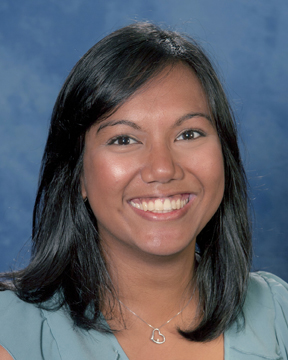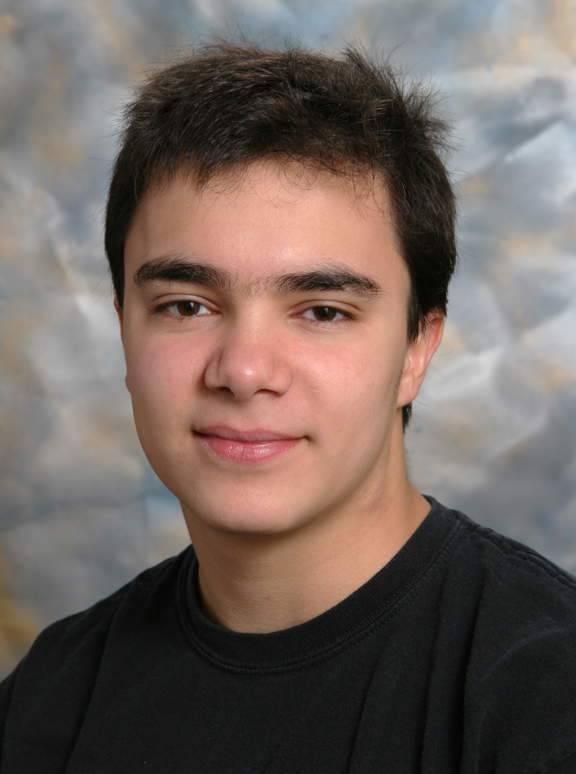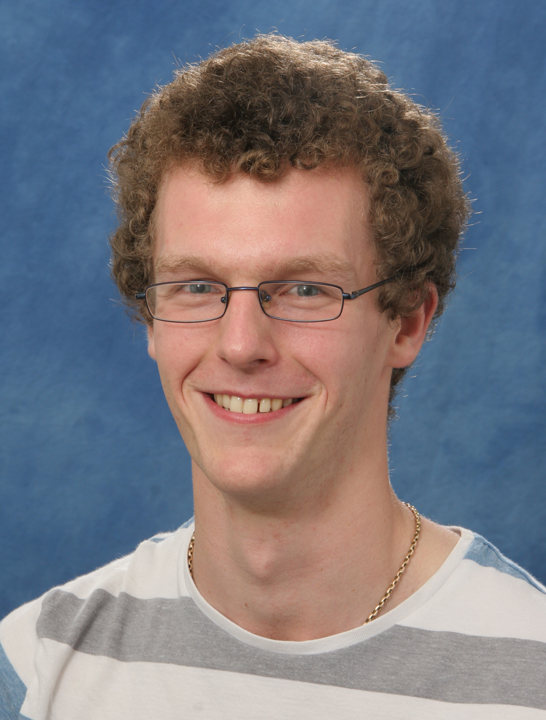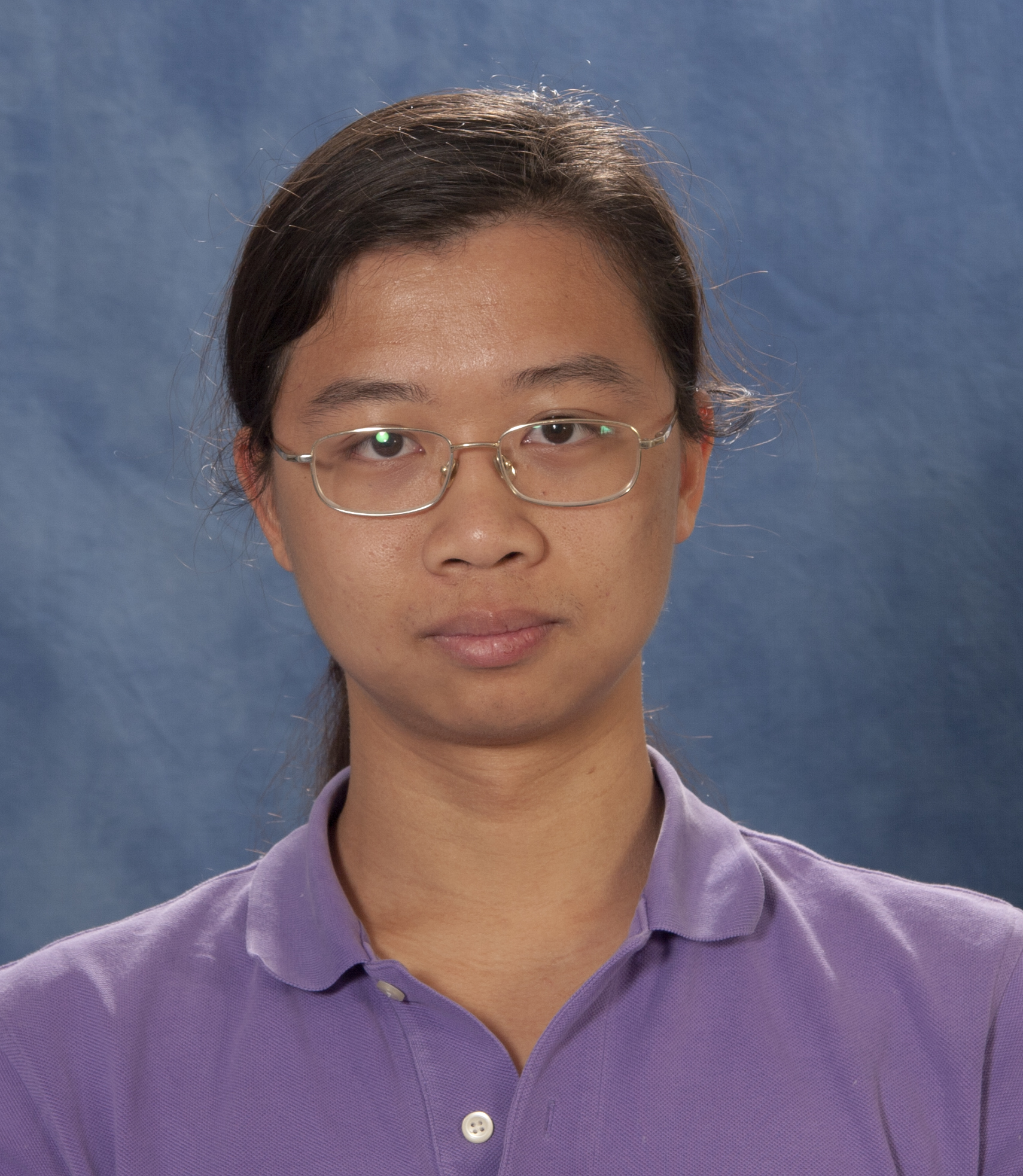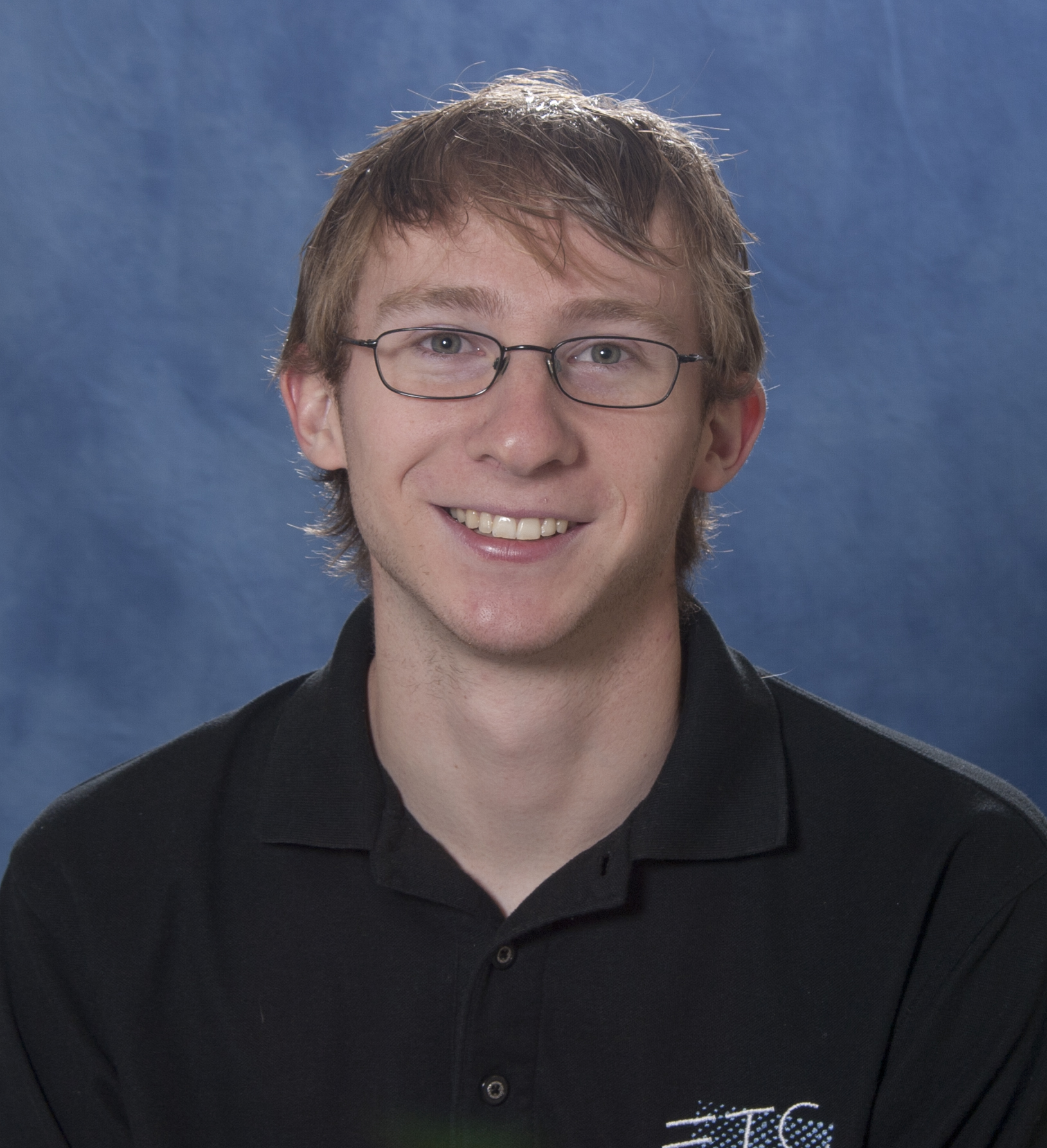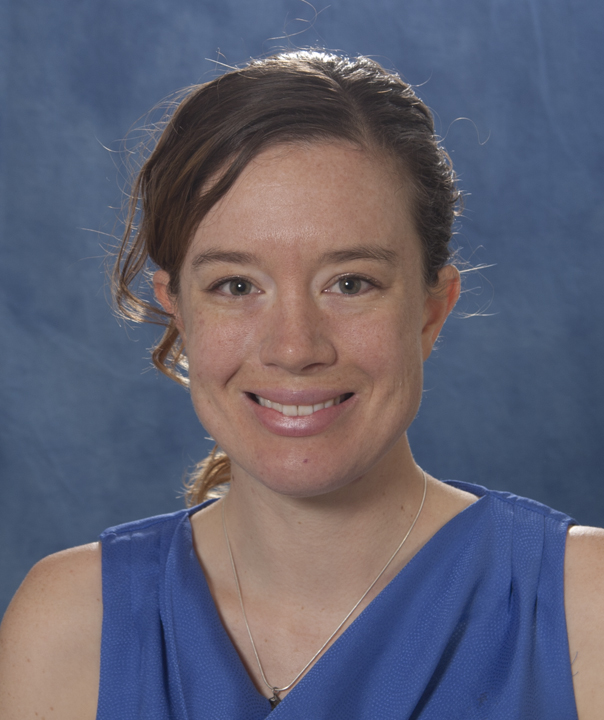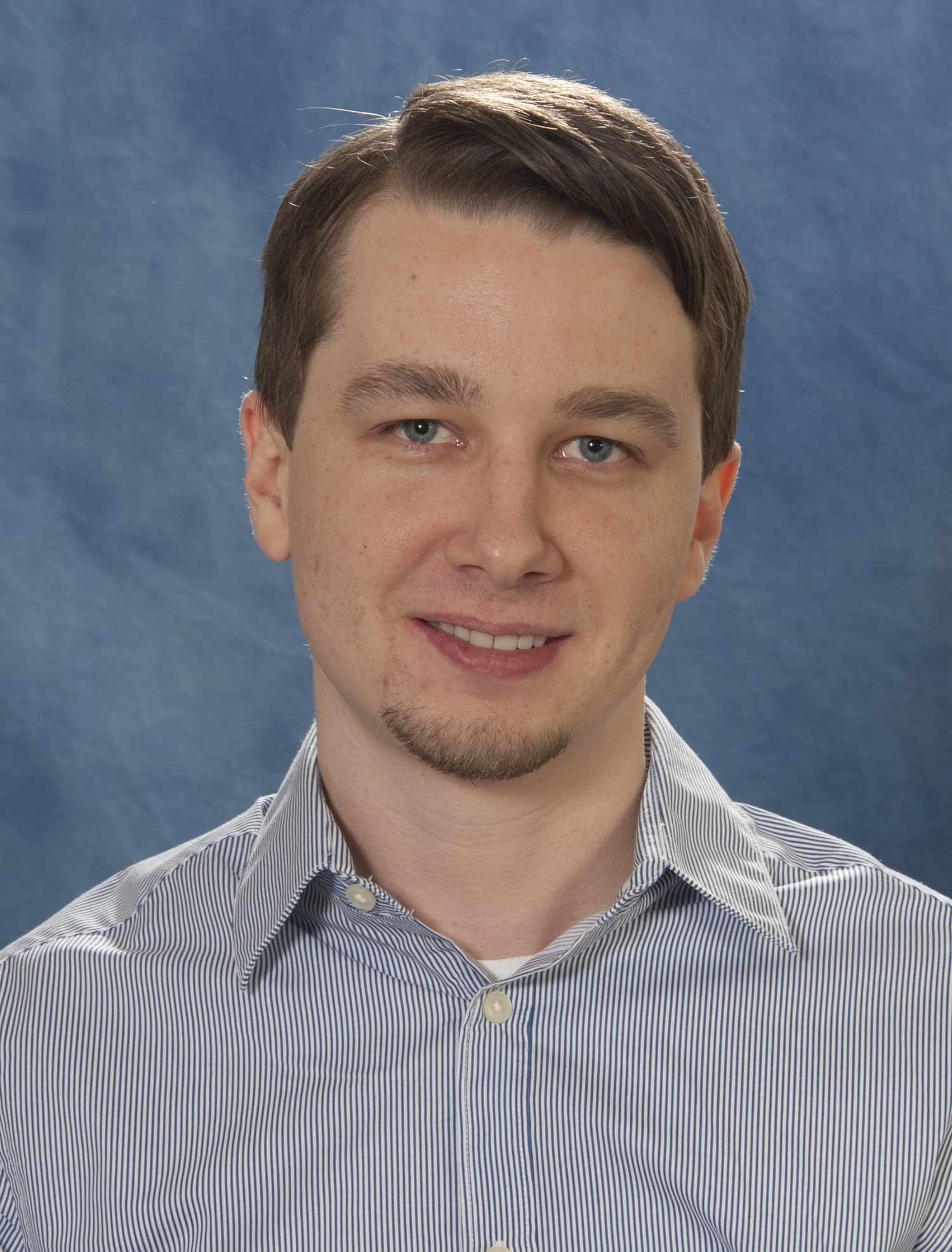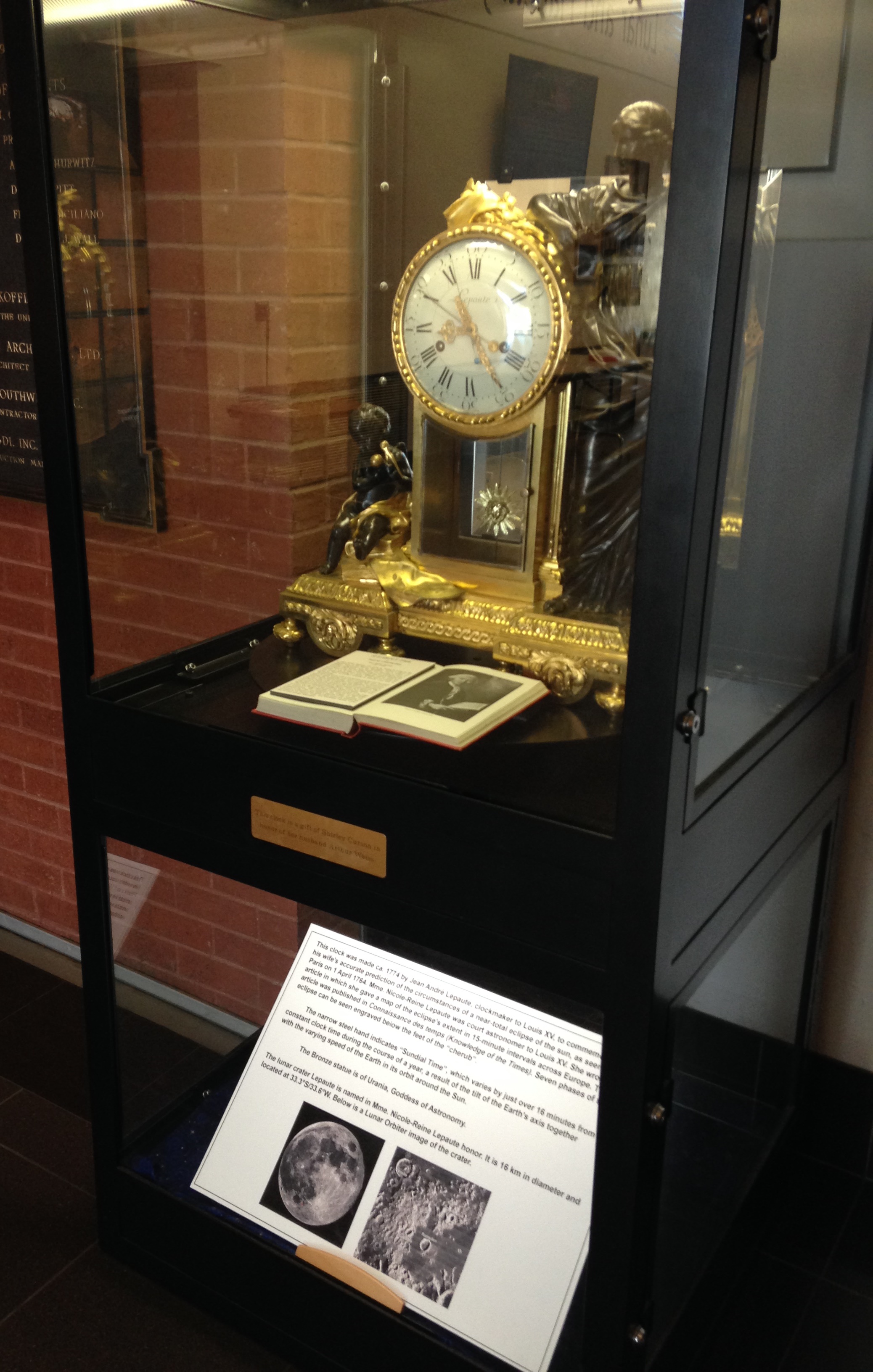 Mrs. Shirley D. Curson-Weiss, friend and benefactor of LPL and the University of Arizona, died on April 21, 2014. Shirley (born Shandel Dauber) led a full, active life of travel and community involvement. She encouraged everyone, especially young people, to travel as part of the educational experience. To this end, she funded Shandel travel awards in several departments and colleges, including LPL, Journalism, and Fine Arts. Shirley generously supported other university groups as well and established the Shirley Curson Fund for Arizona Public Media. The 1774 Lepaute clock in the Kuiper Space Sciences building atrium is a gift of Mrs. Curson.
Mrs. Shirley D. Curson-Weiss, friend and benefactor of LPL and the University of Arizona, died on April 21, 2014. Shirley (born Shandel Dauber) led a full, active life of travel and community involvement. She encouraged everyone, especially young people, to travel as part of the educational experience. To this end, she funded Shandel travel awards in several departments and colleges, including LPL, Journalism, and Fine Arts. Shirley generously supported other university groups as well and established the Shirley Curson Fund for Arizona Public Media. The 1774 Lepaute clock in the Kuiper Space Sciences building atrium is a gift of Mrs. Curson.
Department News
Dr. Gerry Neugebauer, the husband of LPL Affiliate Research Scientist Marcia Neugebauer, passed away on September 26, after a long illness. Gerry earned a Ph.D. in physics from Caltech in 1960, after which he served two years in the army, stationed at the Jet Propulsion Laboratory. When he returned to Caltech, he joined forces with Bob Leighton to build a simple infrared telescope and conduct the first all-sky survey in the infrared. He established one of the two leading programs that pioneered infrared astronomy. Among many accomplishments, the program Neugebauer started revealed a number of extreme infrared-emitting stars (through the 2-micron sky survey), discovered the Center of the Milky Way, found the first protostar (the Becklin-Neugebauer Object), and led in the development of techniques for improved near-infrared measurements. He also led the science team for the Infrared Astronomical Satellite (IRAS). After retiring in 1998, Gerry and Marcia moved to Academy Village in Tucson, and Marcia became active in the Solar & Heliospheric research group at LPL, while Gerry was affiliated with Steward Observatory until his health began to fail. Gerry received the Space Science Award from the American Institute of Aeronautics and Astronautics, and the Herschel Medal of the Royal Astronomical Society in Britain, of which he was a member. He was also a member of the National Academy of Sciences, the American Philosophical Society and the American Academy of Arts and
Sciences.
|
|
|
|
Congratulations to Ingrid Daubar, Tiffany Kataria, and Juan Lora, LPL's most recent Ph.D. graduates!
On August 28, Ingrid Daubar defended her dissertation titled, "New Dated Craters on Mars and the Moon: Studies of the Freshest Craters in the Solar System." Ingrid's advisor was Professor Alfred McEwen. She will soon begin a NASA Postdoctoral Program appointment at the Jet Propulsion Laboratory.
Tiffany Kataria defended her dissertation on August 22. Her advisor was Professor Adam Showman and her dissertation was titled, "Atmospheric Circulation of Hot Jupiters and Super Earths." Tiffany began a postdoctoral appointment as Research Fellow at the University of Exeter Department of Physics and Astronomy this fall, 2014.
Juan Lora, recipient of the 2014 Gerard P. Kuiper Memorial Award, defended on June 20. The dissertation is titlted, "Radiation and Dynamics in Titan's Atmosphere: Investigations of Titan's Present and Past Climate." Juan was advised by Dr. Joellen Russell. He is now a Postdoctoral Scholar with the Department of Earth, Planetary, and Space Sciences at UCLA.
|
|
Hamish Hay; MSci Geophysics, Imperial College London; interests in planetary interiors/dynamics; impact cratering, numerical modeling |
|
|
Daniel Lo; B.S. in Planetary Sciences, B.S. in Physics, California Institute of Technology; interests in planetary surfaces, atmospheres, Mars. |
|
|
Joshua Lothringer; B.A. in Astronomy (emphasis in Astrophysics), University of Colorado, Boulder; interests in extrasolar planets and their atmospheres. |
|
|
Alessondra Springmann; M.S. in Earth and Planetary Science, Massachusetts Institute of Technology; B.A. in Astrophyiscs, Wellesley; interests in small bodies, theoretical modeling, mission planning. |
|
|
Shane Stone; M.Sc. in Chemistry, UCLA; B.Sc. in Chemistry, University of Texas at Dallas; interests in extrasolar planets. |
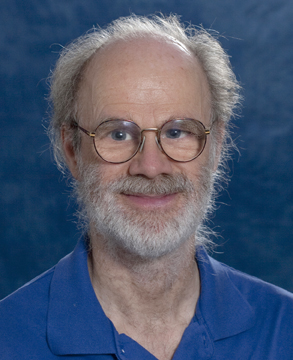 Senior Staff Scientist Erich Karkoschka began his career at LPL in 1983 as a graduate student working with advisor Dr. Martin Tomasko. He defended his dissertation, "Saturn's atmoshpere in the visible and near infrared, 1986-1989," in 1990.
Senior Staff Scientist Erich Karkoschka began his career at LPL in 1983 as a graduate student working with advisor Dr. Martin Tomasko. He defended his dissertation, "Saturn's atmoshpere in the visible and near infrared, 1986-1989," in 1990.
Erich has observed the giant planets and Titan on telescopes around Tucson and in Chile, and using the Hubble Space Telescope, in order to understand the structures of their atmospheres. From this work he determined the vertical and horizontal distribution of hazes, clouds, and methane, and refined the methane absorption spectrum in the process. Using Voyager 2 images of Uranus and Neptune decades after the fly-bys, Erich discovered a satellite (S/1986 U 10, later named Perdita) and revealed peculiar rotation of parts of their atmospheres. Before the launch of the Cassini-Huygens spacecraft in 1997, he helped Martin Tomasko, the principal investigator of the Descent Imager/Spectral Radiometer, to optimize the instrument. After DISR collected data during the descent in Titan's atmosphere in 2005, Erich helped to interpret even the smallest anomalies in the data.
In his free time, Erich enjoys sharing his enthusiasm for astronomy with the public using his telescopes.
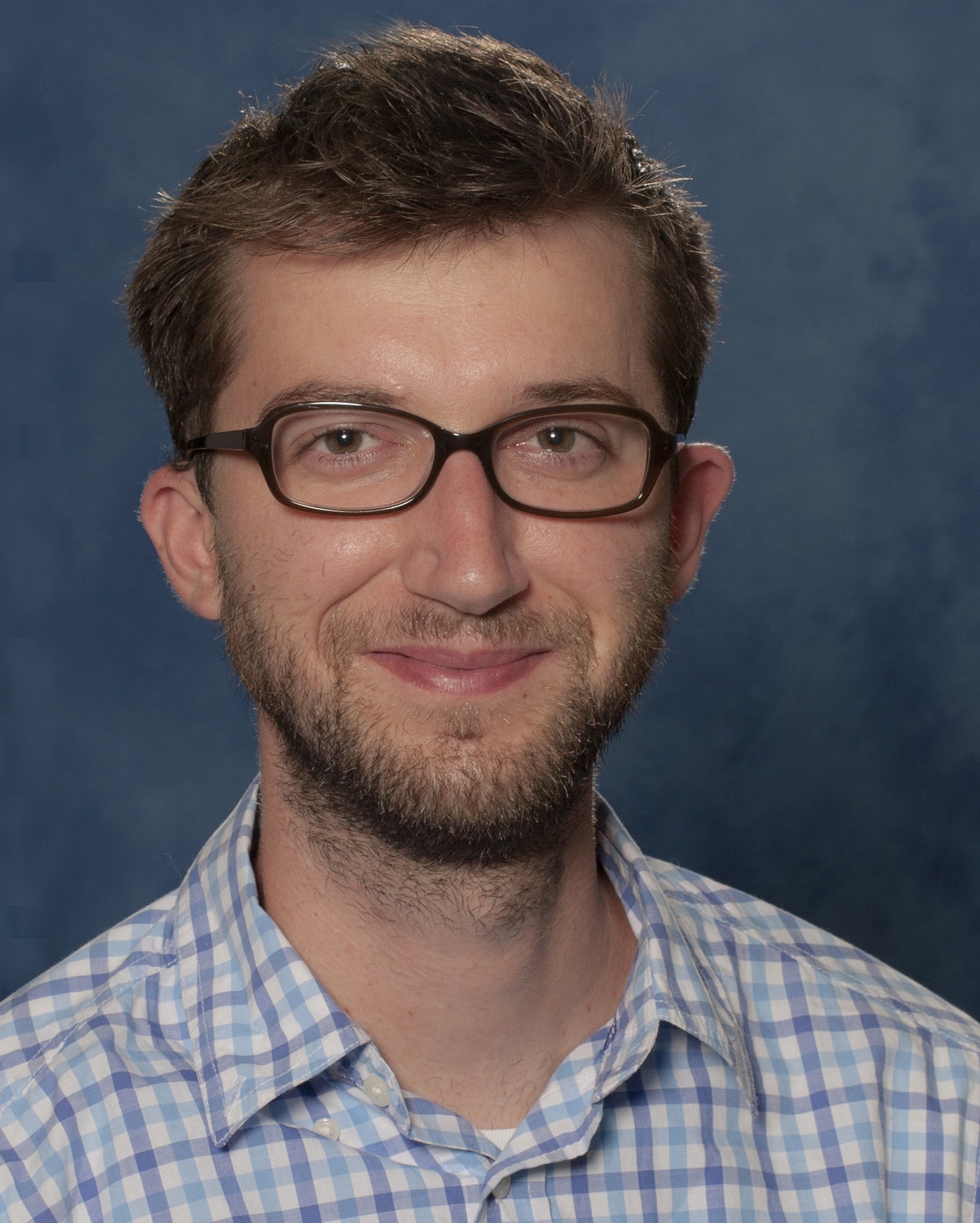 Justin Erwin joined LPL in May 2013, working as a post-doctoral fellow on the aeronomy of solar and extra-solar planets with Dr. Roger Yelle. His research focuses on the influence of close-in orbits on the escape of hydrogen from extrasolar gas giants. In particular, his research is focused on the enhancement of kinetic escape due to the 3D gravitational and non-inertial forces, and the non-thermal escape due to various stellar interactions. He also studies non-LTE radiative transfer in the atmospheres planets in our own solar system.
Justin Erwin joined LPL in May 2013, working as a post-doctoral fellow on the aeronomy of solar and extra-solar planets with Dr. Roger Yelle. His research focuses on the influence of close-in orbits on the escape of hydrogen from extrasolar gas giants. In particular, his research is focused on the enhancement of kinetic escape due to the 3D gravitational and non-inertial forces, and the non-thermal escape due to various stellar interactions. He also studies non-LTE radiative transfer in the atmospheres planets in our own solar system.
Justin is from Redding, Connecticut. He studied at the New Mexico Institute of Mining and Technology (New Mexico Tech), where he earned a B.S. in Mathematics (2006), a B.S. in Physics (2006), and a M.S. in Applied Mathematics (2008) with a thesis on control theory. Justin earned his Ph.D. in 2013 from the University of Virginia, conducting research on the atmosphere of Pluto and developing a radiative-conductive-escape atmospheric model. In his free time, Justin enjoys biking, cooking, and enjoying the weather outdoors in the southwest.
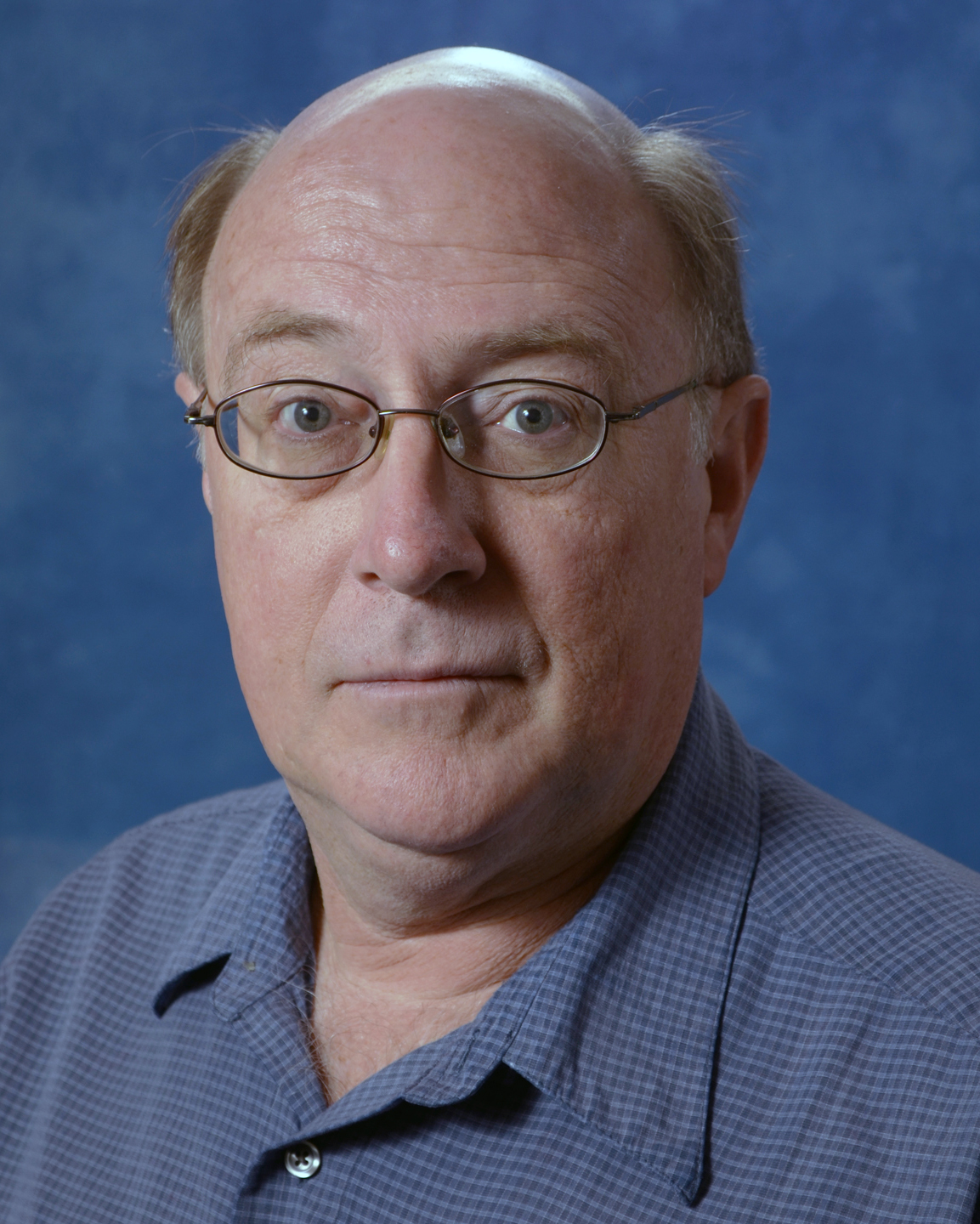 Ron Richards joined LPL as an Administrative Associate with the OSIRIS-REx project in April 2014. He recently returned to the University of Arizona after a six-year whirlwind employment tour of some of the other institutions of higher learning in the U.S. (University of South Florida, Nevada State College, and Southern Oregon University). Ron is currently Facilities Manager for the Michael J. Drake Building (home of the OSIRIS-REx project); his previous UA positions included Information Specialist for the Department of Chemistry and Biochemistry, and Office Assistant, Senior, in the Office of Career Services. He is "delighted to have been given the opportunity to work with OSIRIS-REx, and with the chance to return to Tucson."
Ron Richards joined LPL as an Administrative Associate with the OSIRIS-REx project in April 2014. He recently returned to the University of Arizona after a six-year whirlwind employment tour of some of the other institutions of higher learning in the U.S. (University of South Florida, Nevada State College, and Southern Oregon University). Ron is currently Facilities Manager for the Michael J. Drake Building (home of the OSIRIS-REx project); his previous UA positions included Information Specialist for the Department of Chemistry and Biochemistry, and Office Assistant, Senior, in the Office of Career Services. He is "delighted to have been given the opportunity to work with OSIRIS-REx, and with the chance to return to Tucson."
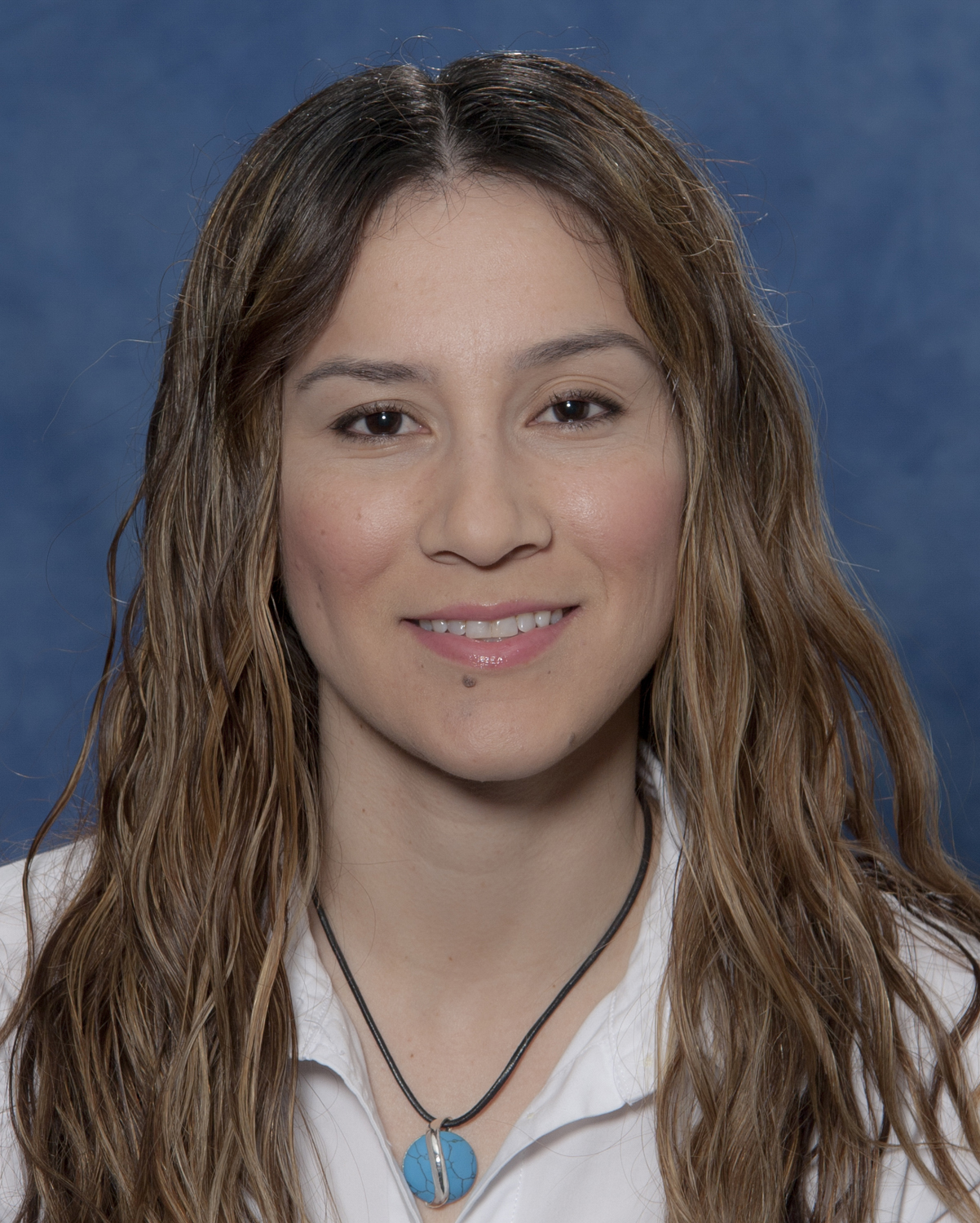 Vicki Robles de Serino began her career at LPL in January 2014. She is an Administrative Assistant supporting several research groups in the Kuiper building. Before coming to LPL, Vicki worked at UApresents for more than 6 years in various roles, beginning as a part-time Receptionist and transitioning to a Development Assistant and Administrative Assistant. She assisted the Executive Director, planned donor-related events, administered donations, helped with processing day-to-day financial transactions, and assisted with hiring as needed. When she's not at work supporting successful research endeavors, Vicki says she loves spending time with her family and enjoying her hobbies: reading, running, and photography.
Vicki Robles de Serino began her career at LPL in January 2014. She is an Administrative Assistant supporting several research groups in the Kuiper building. Before coming to LPL, Vicki worked at UApresents for more than 6 years in various roles, beginning as a part-time Receptionist and transitioning to a Development Assistant and Administrative Assistant. She assisted the Executive Director, planned donor-related events, administered donations, helped with processing day-to-day financial transactions, and assisted with hiring as needed. When she's not at work supporting successful research endeavors, Vicki says she loves spending time with her family and enjoying her hobbies: reading, running, and photography.
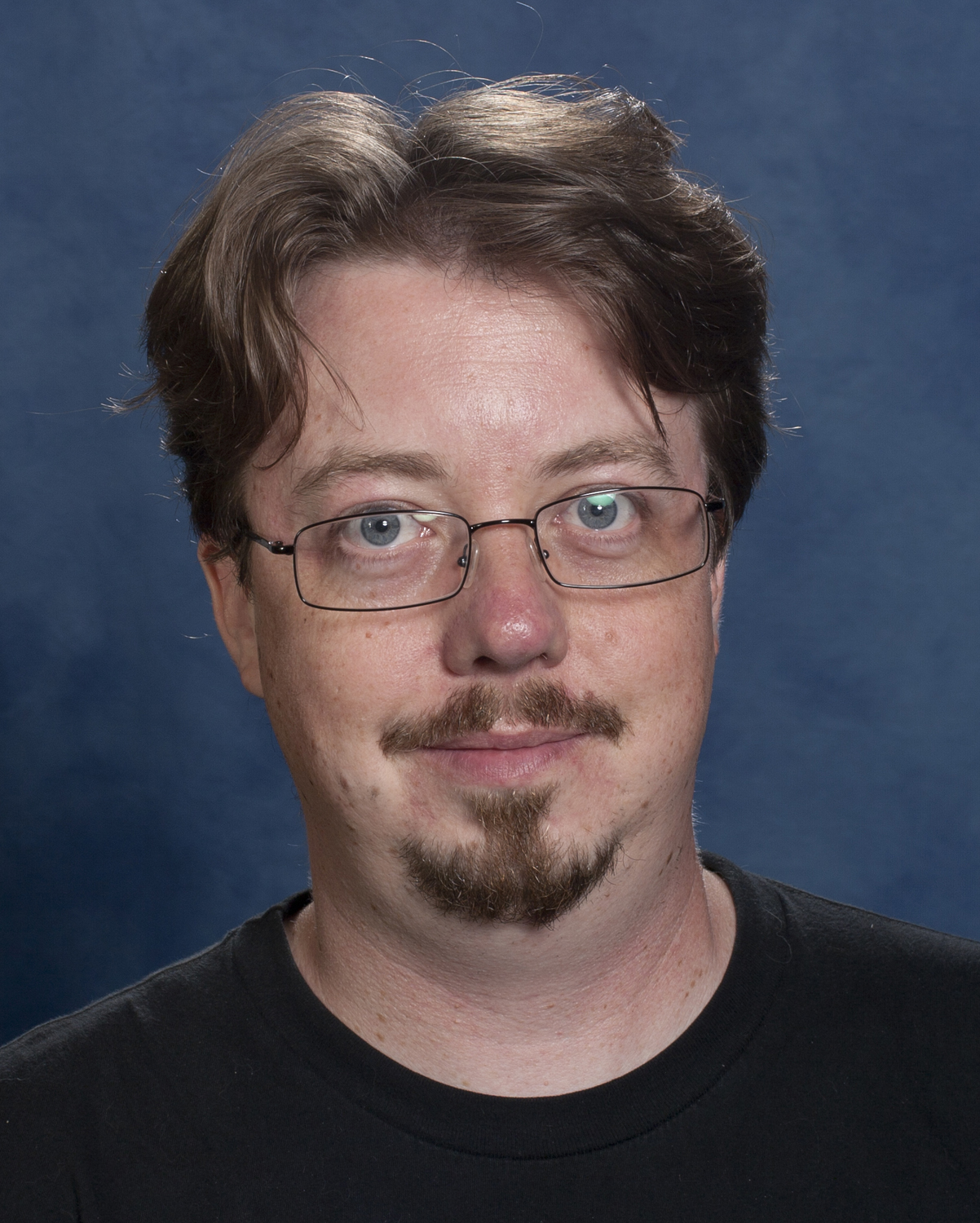 Nathanial Hendler is an undergraduate minor in the Department of Planetary Sciences. Before beginning his studies at the UA, Nathanial worked for over ten years as a software developer (most recently as a game developer for Sony). He then took a job at Amundsen-Scott Station at the South Pole for one season. That experience motivated him to pursue an undergraduate degree (beginning with coursework at Pima Community College) with a major in geology and a minor in planetary science and mathematics. Nathanial has been assisting Dr. Ilaria Pascucci with research involving protoplanetary disk dispersal; next semester, he'll work with her to investigate the disk mass stellar mass relation using the Atacama Large Millimeter Array. Nathanial has been involved with other science projects, including the fabrication and spectroscopy of ice dwarf analogue ices at Northern Arizona University, OSIRIS-REx stereophotoclinometry software maintenance through NASA Space Grant, paleoseismology field-work in Southern California, and Salt River Canyon detrital zircon dating. After graduation, Nathanial hopes to pursue a career in academic research.
Nathanial Hendler is an undergraduate minor in the Department of Planetary Sciences. Before beginning his studies at the UA, Nathanial worked for over ten years as a software developer (most recently as a game developer for Sony). He then took a job at Amundsen-Scott Station at the South Pole for one season. That experience motivated him to pursue an undergraduate degree (beginning with coursework at Pima Community College) with a major in geology and a minor in planetary science and mathematics. Nathanial has been assisting Dr. Ilaria Pascucci with research involving protoplanetary disk dispersal; next semester, he'll work with her to investigate the disk mass stellar mass relation using the Atacama Large Millimeter Array. Nathanial has been involved with other science projects, including the fabrication and spectroscopy of ice dwarf analogue ices at Northern Arizona University, OSIRIS-REx stereophotoclinometry software maintenance through NASA Space Grant, paleoseismology field-work in Southern California, and Salt River Canyon detrital zircon dating. After graduation, Nathanial hopes to pursue a career in academic research.
When he's not working on his academic and research pursuits, Nathanial is busy with his many extracurricular hobbies and interests, which include baking bread and repairing radios, TVs, and vintage computers. He admits to having authored the only Macintosh System 6/7 Twitter client and part of his personal insect collection is on display at the Denver Museum of Nature and Science. Nathanial has played guitar and sung with several local bands: "The George Squier Orchestra often drew crowds of 8 or more people, and was named one of Tucson's best new bands by the Tucson Weekly while our debut album received an “Album of the Year” pick from the legendary Al Perry." Nathanial also spends time outdoors and "derives great pleasure from traveling the world with my wife and from exploring Arizona's bounty of geology in my Suzuki Samurai."
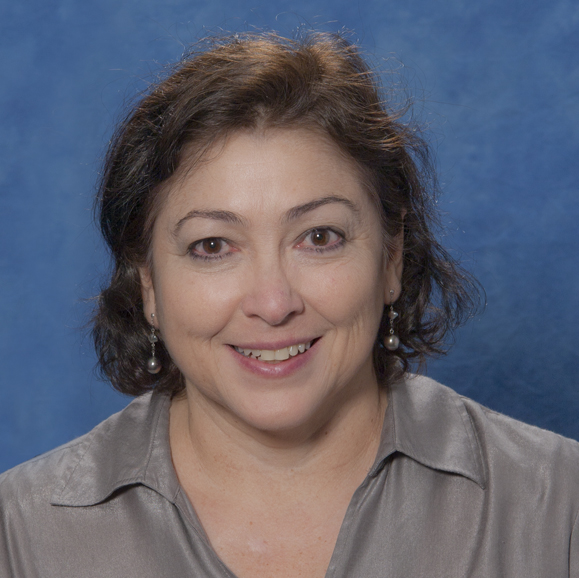
Dr. Gilda Ballester has been named a Senior Research Scientist in the Department of Planetary Sciences/Lunar and Planetary Laboratory. Gilda has been an Associate Staff Scientist at LPL since 2000. Before coming to Tucson, she conducted her research at the University of Michigan as an Associate Research Scientist in the Department of Atmospheric, Oceanic and Space Sciences, Space Physics Research Laboratory. Gilda earned her Ph.D. in Physics (Astronomy minor) at Johns Hopkins University. Her research interests include characterization of exoplanets with transit observations at UV, optical and near-IR wavelengths with the Hubble Space Telescope and through collaborative ground-based observations. This research focuses on the properties of both the upper and lower atmospheres of hot Jupiters and low-density super Earths, and of magnetospheric interactions on these exoplanets. Her early research interests included Io’s atmosphere and plasma torus, and on the upper atmospheres, auroras and magnetospheric interactions of Jupiter, Saturn and Uranus with both imaging and spectroscopy.
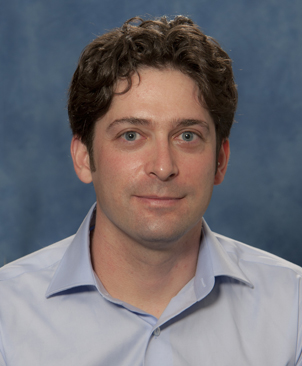 Dr. Christopher Hamilton joined LPL this spring as an Assistant Professor. Christopher is a planetary volcanologist with an interest in field-based analogs for geologic surface processes on terrestrial planets and satellites. He comes to LPL after three years at the NASA Goddard Space Flight Center's Planetary Geodynamics Laboratory where he worked as a Postdoctoral Fellow investigating active lava flow emplacement in Hawaii, flood lava volcanism on Mars, and tidal heating processes within Jupiter's moon Io. He earned his Ph.D. in Geology and Geophysics at the University of Hawaii researching lava–water interactions on Earth and Mars, with a focus on ice-contact volcanism in Iceland. He has also worked on volcanically triggered floods in New Zealand, volcanic successions in the Canadian Arctic, and impacts into volatile-bearing martian substrates. Christopher's research employs a combination of field observations, planetary mapping, geospatial analysis, and thermodynamic modeling. At LPL, he will continue to develop these research themes to study volcanism and aqueous floods on Earth and Mars, as well as explore new opportunities in terrestrial analog studies using unmanned aerial vehicles, machine learning systems, and industrial-scale simulation of lava and impact melt flows using metallurgical smelting techniques.
Dr. Christopher Hamilton joined LPL this spring as an Assistant Professor. Christopher is a planetary volcanologist with an interest in field-based analogs for geologic surface processes on terrestrial planets and satellites. He comes to LPL after three years at the NASA Goddard Space Flight Center's Planetary Geodynamics Laboratory where he worked as a Postdoctoral Fellow investigating active lava flow emplacement in Hawaii, flood lava volcanism on Mars, and tidal heating processes within Jupiter's moon Io. He earned his Ph.D. in Geology and Geophysics at the University of Hawaii researching lava–water interactions on Earth and Mars, with a focus on ice-contact volcanism in Iceland. He has also worked on volcanically triggered floods in New Zealand, volcanic successions in the Canadian Arctic, and impacts into volatile-bearing martian substrates. Christopher's research employs a combination of field observations, planetary mapping, geospatial analysis, and thermodynamic modeling. At LPL, he will continue to develop these research themes to study volcanism and aqueous floods on Earth and Mars, as well as explore new opportunities in terrestrial analog studies using unmanned aerial vehicles, machine learning systems, and industrial-scale simulation of lava and impact melt flows using metallurgical smelting techniques.
Pagination
- Previous page
- Page 33
- Next page



